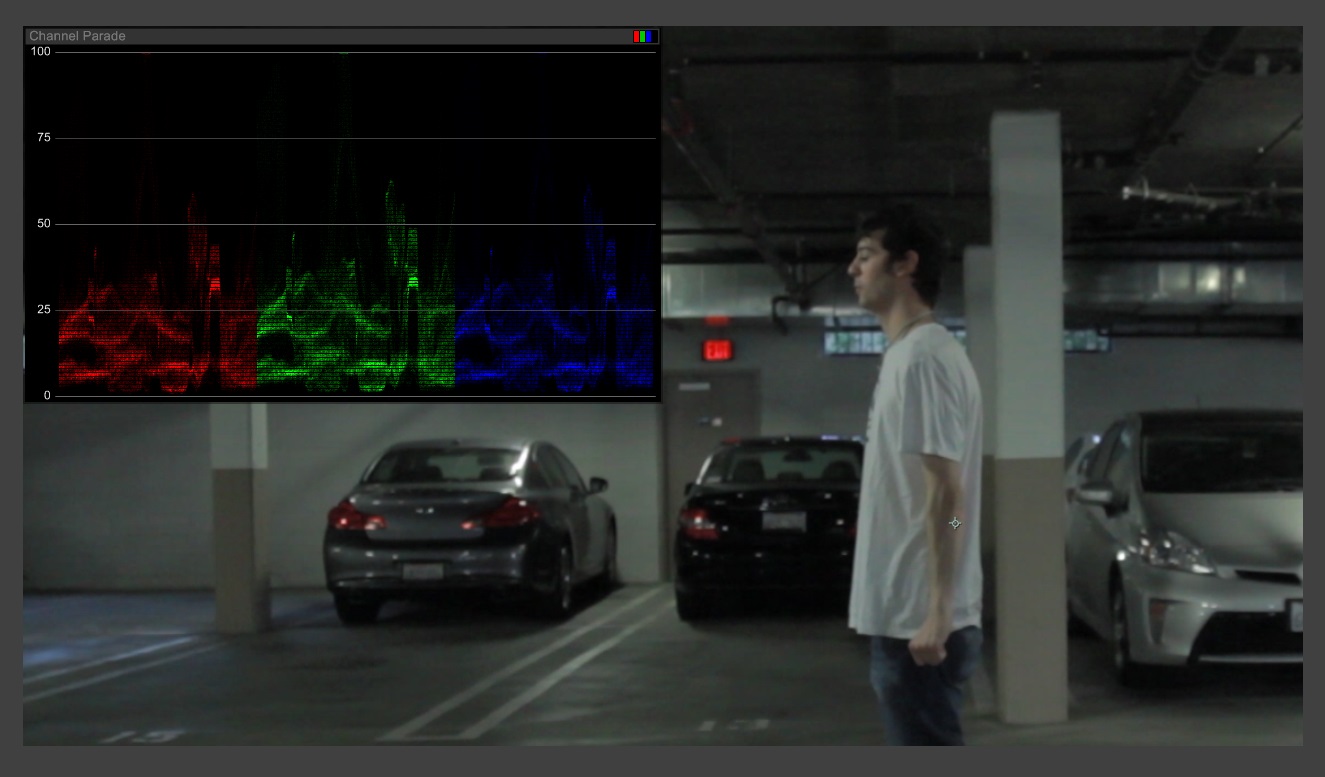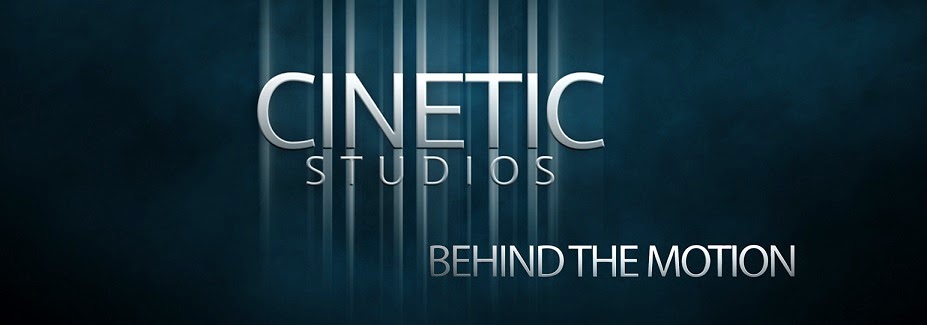While the internet is full of reviews for video gear, software, and training, we will be reviewing different, often unheard of products that will hopefully grab your interest and deserve your support. I occasionally feel a product deserves special mention on our blog if it changes the way we approach a certain aspect of storytelling, if it's use in our work substantially improves our workflow, or if it simply an outstanding product (officially awarded "Cinetic Awesomeness").
As I've been testing out a new After Effects plug-in on our newest video, I discovered it offered some really great tools that were unavailable with an built-in After Effects plug-ins or features. qp Grade Assistant 2 , available at AEScripts, offers you every type of scope you could ever want right inside After Effects: Lumascope, Vectorscopes, RGB scopes, and few more useful features that can really help you grade or composite your images with more accuracy besides "that looks better".
 |
| All Scopes and RGB Channels |
 |
| RGB Scopes |
Comp Assist aids in the compositing (or combining multiple images into one) by displays the red, green and blue channels individually so you can the correct the colors to match (see my sample below). This makes compositing, say for example, a green screen key to a background much easier, as its essentially the act of matching 3 different black and white images using a basic levels of curves effects in After Effects on each of the Red, Green, and Blue channels. It's all messing around with each color channel until it looks just about right, or hitting reset on the effect and trying again, but eventually I'm betting you'll nail it, especially if you have some help like this plug-in.
 |
| Comp Assist of the Right |
 |
| Comp Assist of Green Screen |
Grade Assist aids by giving you live, responsive scopes while you grade with a huge number of effects loaded up (within reason and depending on your system configuration). That simple, but extremely useful, as its completely missing from After Effects and unavailable outside of Color Finesse, which is still a paid third party plug-in. Whether you like to use levels, curves, or third party plug-ins like FilmConvert to work with color, I found qb Grade Assistant 2 to be an extremely useful addition to After Effects if you need to manipulate color accurately in Adobe After Effects.
Final Decision: I found the qb Grade Assistant 2 quite useful and would definitely recommend it, especially if you do a lot of color correcting\grading or chroma keying in After Effects. It's not an absolute necessity at $79.99, but it really did make the process easier especially with the scopes and two useful 'assist' features. Be sure to check out the plug-in at http://aescripts.com/qp-grade-assistant/where you can try it or purchase it, if it sounds interesting.





